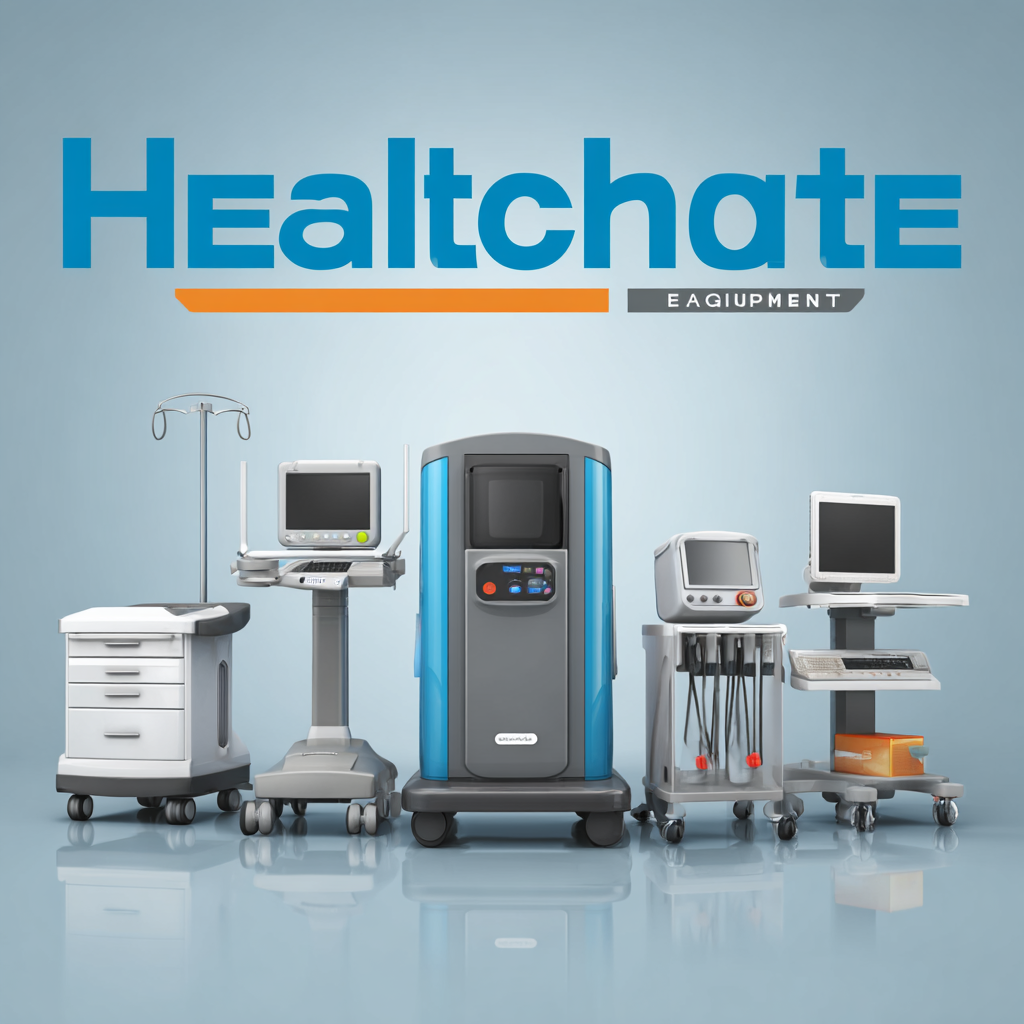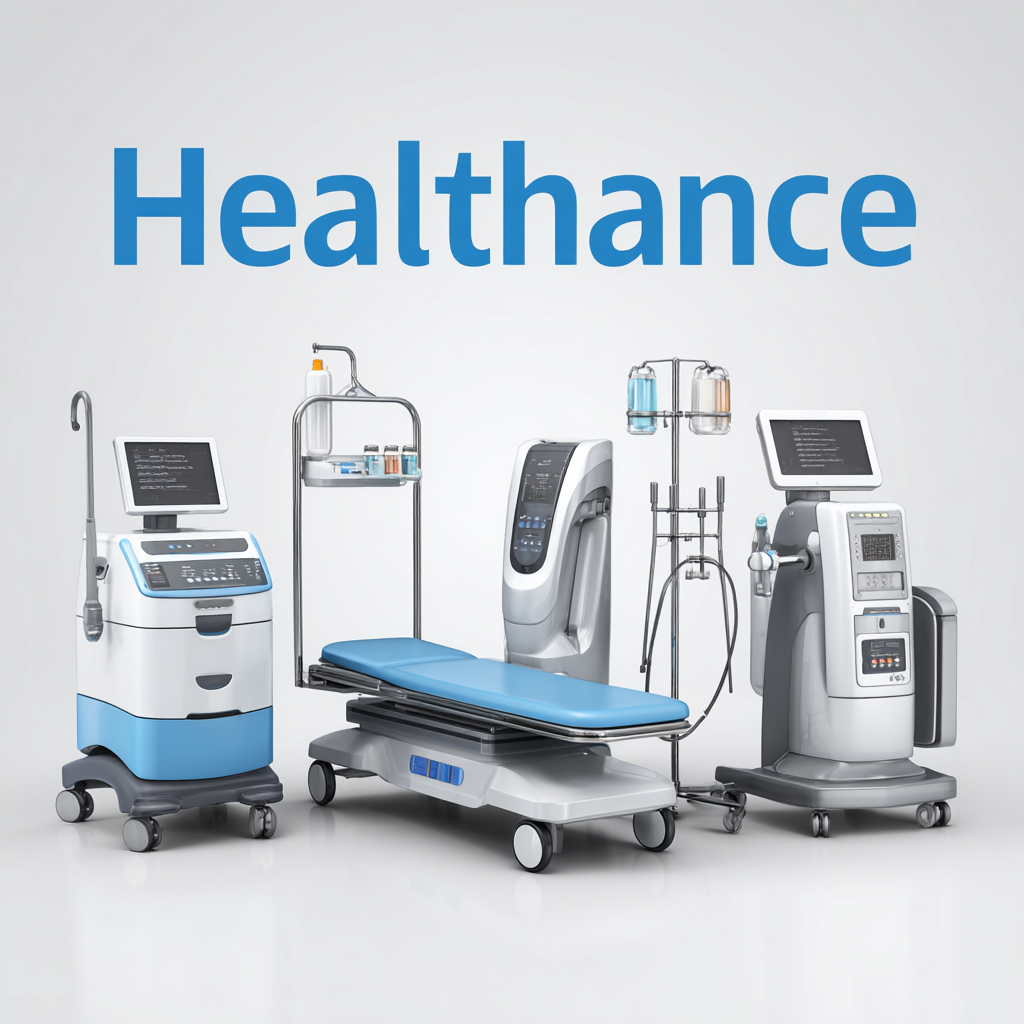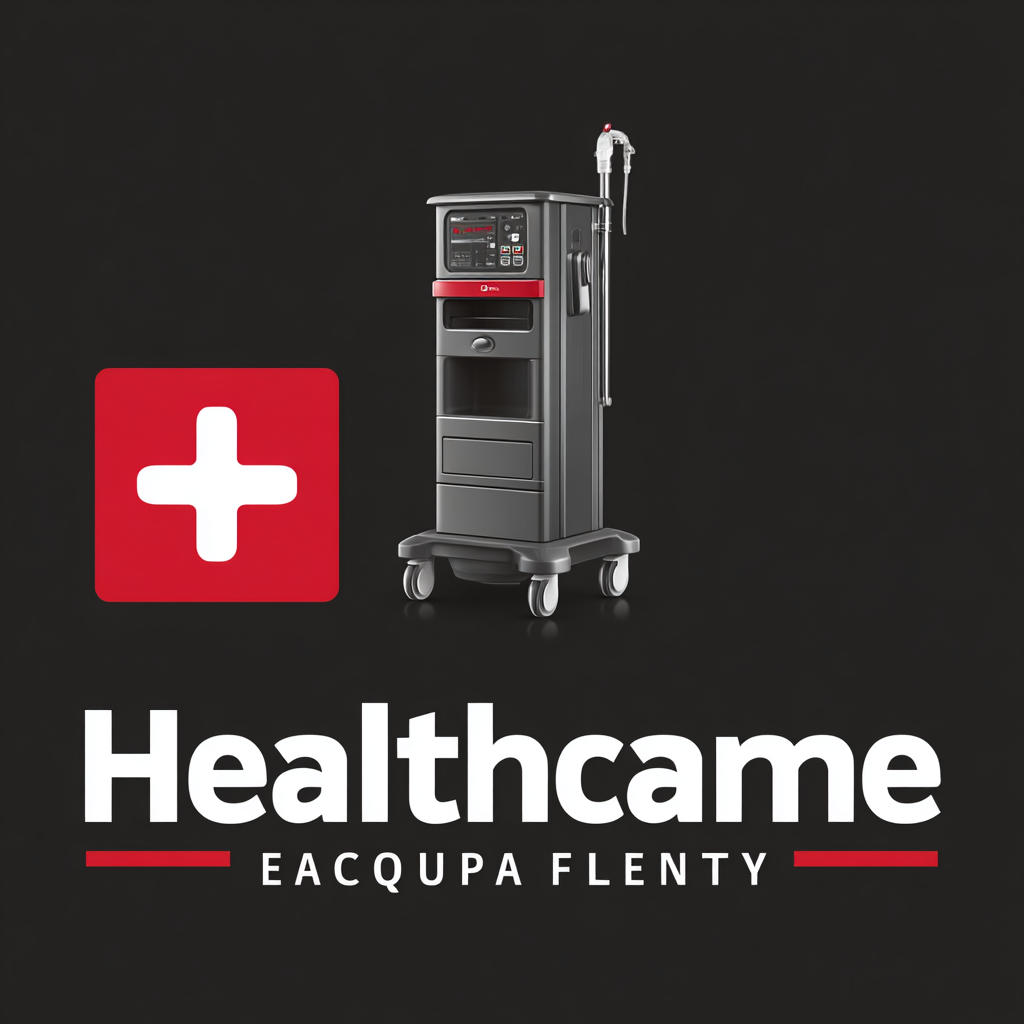How to Choose the Best Healthcare Equipment for Your Facility: A Step-by-Step Guide
As the healthcare industry evolves, the demand for advanced healthcare equipment is more critical than ever. According to a recent report by Market Research Future, the global healthcare equipment market is expected to reach approximately $495 billion by 2025, growing at a CAGR of 7.5%. This rapid growth presents both opportunities and challenges for healthcare facilities aiming to provide enhanced patient care. Selecting the best healthcare equipment is a crucial step in adapting to these industry changes, ensuring operational efficiency, and elevating the standard of care provided. This guide will explore the essential criteria and steps necessary to make informed decisions in choosing healthcare equipment that meets the specific needs of your facility, ultimately contributing to better healthcare outcomes and future-proofing your organization in a competitive landscape.

Identifying Your Facility's Specific Healthcare Needs and Challenges
Identifying your facility's specific healthcare needs and challenges is crucial when selecting the best healthcare equipment. Start by conducting a thorough assessment of your current operations and patient demographics. This understanding will help you determine not only the type of equipment required but also the quantity and features necessary to meet the demands of your facility.
Tip 1: Engage with your staff to gather insights into their day-to-day challenges. Nurses, doctors, and technicians can provide valuable feedback on the tools they use, conveying what works well and what doesn't. Their experiences can guide you in determining which equipment will enhance workflow and patient outcomes.
Tip 2: Consider the technological trends affecting healthcare. Telemedicine and remote monitoring are becoming increasingly significant. Evaluate whether your facility needs equipment that accommodates these trends to improve patient care and expand service offerings. Making a forward-looking decision can not only meet current needs but also prepare your facility for future challenges.
How to Choose the Best Healthcare Equipment for Your Facility: A Step-by-Step Guide
| Equipment Type | Purpose | Key Features | Considerations |
|---|---|---|---|
| Electrocardiogram (ECG) Machine | Cardiac monitoring | Portable, user-friendly interface, wireless capability | Patient volume, training needs, maintenance cost |
| Ultrasound Machine | Imaging for diagnosis | Real-time imaging, various probe options, lightweight | Budget, space requirements, technician expertise |
| Infusion Pump | Medication delivery | Multiple infusion modes, alarm systems, battery backup | Compatibility with medications, reliability, ease of use |
| Patient Monitor | Continuous vital signs tracking | Multi-parameter readings, alarm notifications, network connectivity | Integration with hospital systems, training for staff |
| X-Ray Machine | Diagnostic imaging | High-resolution images, digital storage, reduced radiation | Room size, regulatory requirements, operating costs |
Understanding Essential Features and Functions of Healthcare Equipment
When selecting healthcare equipment for your facility, understanding the essential features and functions is crucial for ensuring optimal performance and patient care. A recent report from MarketsandMarkets highlighted that the global healthcare equipment market is anticipated to reach $442.5 billion by 2025, growing at a CAGR of 7.4%. This growth underscores the increasing complexity and importance of choosing the right equipment tailored to your operational needs.

Key features to consider include usability, reliability, and interoperability. For example, equipment that can seamlessly connect with electronic health records (EHR) systems can significantly enhance workflow efficiency and data accuracy. Additionally, the American Society for Healthcare Engineering (ASHE) emphasizes the importance of choosing equipment that's designed for easy maintenance, helping to minimize downtime and extend the lifespan of your investments. By prioritizing these features, facilities can ensure they select equipment that not only meets regulatory standards but also supports high-quality patient care.
Evaluating Technology Trends and Innovations in Medical Devices
When choosing healthcare equipment for your facility, staying updated on technology trends and innovations in medical devices is crucial. The healthcare landscape is rapidly evolving, driven by advancements in technology that enhance diagnostic accuracy, improve patient outcomes, and streamline operations. Understanding the market dynamics, including the size and growth of the medical device testing market, can guide your purchasing decisions—whether you’re looking at in-house procurement or outsourced solutions.

Tips for evaluating medical devices include thoroughly researching the device categories, which range from Class I to Class III, and assessing how each fits into your existing service line. Consider the latest technological innovations that align with your facility’s needs and clinical objectives. Engaging with manufacturers at industry exhibitions, like the upcoming Shenzhen International High-Performance Medical Equipment and Innovation Pharmaceutical Exhibition, can also provide invaluable insights into emerging products and solutions.
Additionally, think about the role of regulatory compliance and certification processes in your decision-making. Ensure that the equipment you choose not only meets regulatory standards but is also aligned with the broader trends in healthcare reform aimed at enhancing safety and efficacy in medical practices. Understanding these trends can significantly impact the quality of care provided in your facility.
Comparing Top Healthcare Equipment Brands and Models
When selecting the best healthcare equipment for your facility, it’s crucial to compare top brands and models to ensure you make informed choices. Leading manufacturers often offer a wide range of products, each tailored to meet specific medical needs. For instance, brands like GE Healthcare and Philips are renowned for their advanced imaging equipment, while companies such as Medtronic excel in life-saving devices. Familiarizing yourself with their specifications, warranty options, and after-sales support can significantly impact your decision-making process.
In addition to performance and reliability, it’s essential to consider user-friendliness and maintenance requirements. Brands like Siemens and Canon have made strides in providing intuitive interfaces that simplify operation, crucial in high-paced healthcare environments.
Furthermore, evaluating customer reviews and seeking feedback from healthcare professionals can provide insights into real-world performance. Comparing these facets among different models not only aids in choosing the right equipment but also maximizes the longevity and efficiency of your investments in healthcare technology.
Assessing Cost, Warranty, and Maintenance Considerations for Equipment Selection
When selecting healthcare equipment for your facility, assessing cost is a crucial first step. Start by determining your budget and understanding the total cost of ownership. This includes not only the initial purchase price but also potential additional expenses such as installation, training, and operational costs. Consider the long-term benefits of investing in higher-quality equipment that may come with a higher upfront cost, as they often offer enhanced durability and reliability, ultimately saving you money over time.
In addition to cost, warranty and maintenance considerations play a vital role in the decision-making process. A robust warranty can serve as a safety net, protecting your investment against unexpected repairs. It's essential to review the warranty terms thoroughly, ensuring that it covers essential components and provides adequate support. Furthermore, investigate the maintenance requirements for each piece of equipment. Regular maintenance is not only critical for ensuring optimal performance but can also extend the lifespan of the equipment. By prioritizing equipment with accessible service options and comprehensive maintenance plans, you can ensure that your facility is well-equipped to provide quality healthcare outcomes.
